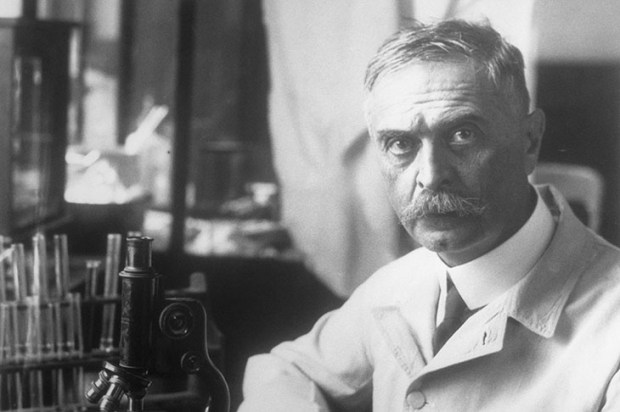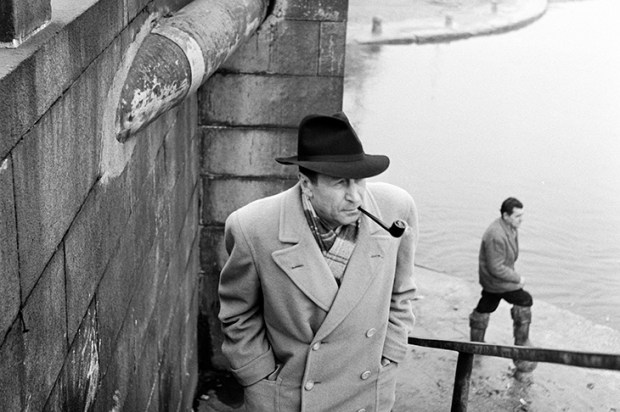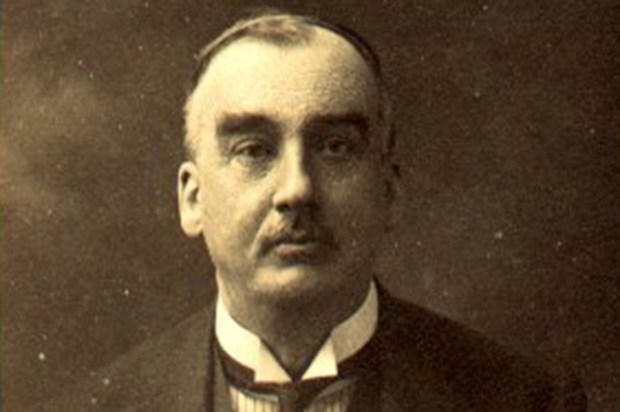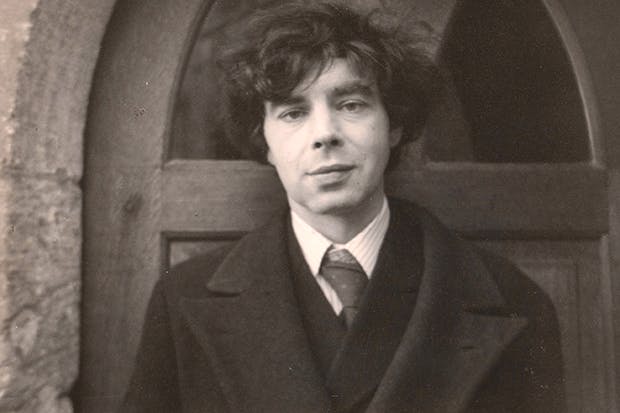I’m not sure if Rumer Godden wrote An Episode of Sparrows for children or adults. It was originally published on an adult list but I read it when I was about ten, Lovejoy’s age. She’s the heroine of this book, a small, strong-willed girl with the tenacity and determination of 20 adults. She’s got a feckless mother, no father at all, and scarcely any friends. It’s not perhaps surprising. Lovejoy is fierce and selfish because she had to learn to be tough to survive. She snatches, she steals, she’s witheringly scornful if she doesn’t like anyone. I knew as I read the book that I’d be very wary of Lovejoy in real life — but even so, I cared about her passionately.
I was a shy, bookish child who worried if I was told off and agonised if I hurt people’s feelings, whereas Lovejoy has far more spirit. She’s quite relentless with poor Tip, the 13-year-old boy who is her only friend, always pushing for more and more help with the little garden that means so much to her. She’s particularly mean to Sparkey, a wonderfully ghoulish little boy, who’s all eyes and thin long legs.
Rumer Godden writes about Lovejoy so brilliantly you understand her utterly and you’re rooting for her throughout the book. Your eyes sting with tears when you see her tender side, as she makes her bedroom spick and span because her dreadful mother is due for a visit, then patiently sits on the stairs for hours while her mother entertains her men friends. You understand totally why Lovejoy prays to stay ‘cocky and independent’ when it looks as if she will have to go to St Botolph’s Home of Compassion.
I cared about clothes very much as a child. Although we lived on a council estate my mum wanted me to look like a little lady and bought me pleated skirts, tailored coats and velour hats. I hated those demure outfits, and longed for pretty, flouncy dresses, patent shoes, hair ribbons and charm bracelets. But when I read about Lovejoy selling her plain St Botolph’s uniform for a box coat, pumps and a little cap I realised they were stylish choices, and felt ashamed of my own flashy taste.
I was a town child living in a cramped flat. I had no access to gardens and indeed no interest in them until I read An Episode of Sparrows, but then, like Lovejoy, I learnt about Italian gardens and wanted a secret one of my own. I’d never eaten fine food either — I’d only ever been to a Joe Lyons tea shop at that stage in my life — but I felt I understood Vincent, and now I can’t see any stylish small restaurant with bay trees outside without thinking of his immaculate establishment in Catford Street. I didn’t know anything about art either. But I knew from reading this book that it would be a very special experience to have dessert served on an Angelica Kauffman plate.
Reading as an adult is a different experience from reading as a child. I’m amazed now at the depth and detail of this short novel. It’s a masterpiece of construction and utterly, realistically convincing — though it has a fairytale element too. Rumer Godden’s books are admired for many qualities, and she is known for writing with sensitivity and perception about India, about nuns, about dolls; but I think her greatest strength is her accurate, unsentimental portrayal of children.
Lovejoy, Tip and Sparkey were so real to me that they have stayed alive in my head for more than 50 years. I think they will be just as real for you too. An Episode of Sparrows was the first book that made me cry when I was ten. I cried all over again at this recent reading of the story — and I closed the book with the same sense of total satisfaction.
Got something to add? Join the discussion and comment below.
Get 10 issues for just $10
Subscribe to The Spectator Australia today for the next 10 magazine issues, plus full online access, for just $10.














Comments
Don't miss out
Join the conversation with other Spectator Australia readers. Subscribe to leave a comment.
SUBSCRIBEAlready a subscriber? Log in